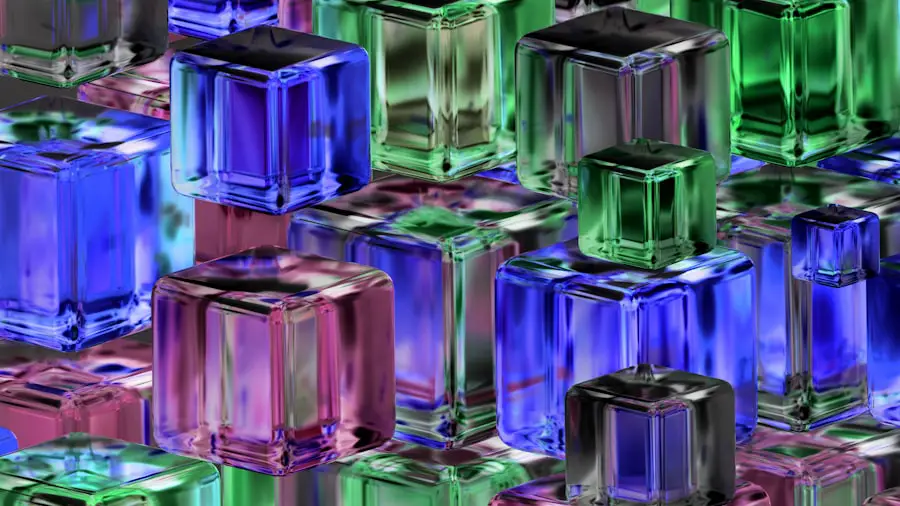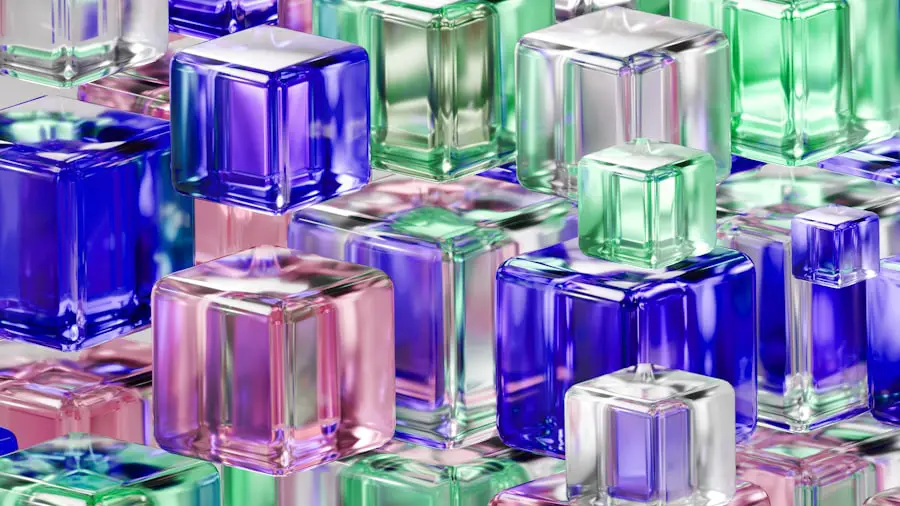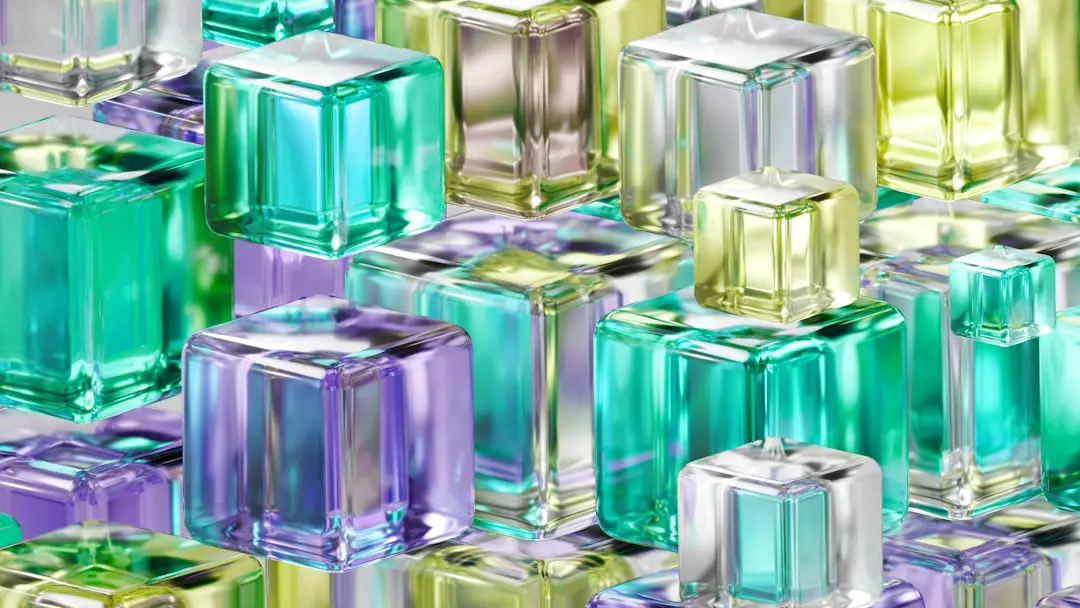Windows 11 has introduced a plethora of visual enhancements aimed at providing users with a more modern and aesthetically pleasing interface. Among these features, taskbar opacity stands out as a significant customization option that allows users to modify the transparency of the taskbar. This feature not only contributes to the overall look and feel of the operating system but also enhances usability by allowing users to tailor their workspace according to their preferences.
The taskbar, being a central hub for accessing applications and system notifications, plays a crucial role in the user experience, making its customization an important aspect of personalizing Windows 11. The concept of taskbar opacity revolves around the idea of blending the taskbar with the desktop background, creating a seamless visual experience. Users can choose to make the taskbar more transparent or opaque, depending on their aesthetic preferences and functional needs.
This flexibility can significantly impact how users interact with their desktop environment, as a more transparent taskbar can provide a cleaner look, while a more opaque one can enhance visibility and accessibility. Understanding how to adjust this setting is essential for anyone looking to optimize their Windows 11 experience.
Key Takeaways
- Taskbar opacity in Windows 11 allows users to adjust the transparency level of the taskbar for a personalized look and feel.
- Adjusting taskbar opacity in Windows 11 can be done through system settings or with the help of third-party tools for more customization options.
- Customizing taskbar opacity with system settings involves navigating through the personalization options in Windows 11 and making adjustments to the transparency level.
- Third-party tools offer additional features and flexibility for customizing taskbar opacity, allowing users to fine-tune the transparency to their preference.
- Finding the right taskbar opacity level involves experimenting with different settings to achieve a balance between aesthetics and functionality.
How to Adjust Taskbar Opacity in Windows 11
Adjusting the taskbar opacity in Windows 11 is a straightforward process that can be accomplished through the system settings. To begin, users should navigate to the Settings app by clicking on the Start menu and selecting the gear icon or by pressing the Windows key + I on their keyboard. Once in the Settings menu, users should select the “Personalization” option, which houses various customization features for the desktop environment.
Within the Personalization section, users will find an option labeled “Colors.” Clicking on this will reveal several settings related to color themes and transparency effects. Here, users can toggle the “Transparency effects” switch on or off. When enabled, this feature allows for a more translucent taskbar, blending it with the desktop background.
However, it is important to note that this setting affects not only the taskbar but also other UI elements such as the Start menu and windows.
For those who prefer a more tailored approach, further adjustments can be made using third-party tools or registry edits.Customizing Taskbar Opacity with System Settings

While the built-in options for adjusting taskbar opacity in Windows 11 are somewhat limited, they still provide a solid foundation for customization. The “Transparency effects” toggle is a simple yet effective way to achieve a degree of opacity that suits individual preferences. When this feature is activated, users will notice that the taskbar takes on a glass-like appearance, allowing the desktop wallpaper to subtly show through.
This effect can create a more immersive experience, especially when using vibrant or dynamic wallpapers. In addition to enabling transparency effects, users can further enhance their taskbar’s appearance by selecting different color themes. Windows 11 offers both light and dark modes, which can significantly influence how transparency is perceived.
For instance, a dark theme combined with transparency effects may yield a more dramatic visual contrast against lighter backgrounds, while a light theme may create a softer look. Experimenting with these combinations can lead to a personalized setup that not only looks good but also feels comfortable for daily use.
Using Third-Party Tools to Customize Taskbar Opacity
| Tool Name | Compatibility | Customization Options | Cost |
|---|---|---|---|
| TranslucentTB | Windows 10 | Adjust opacity, color, and blur | Free |
| TaskbarX | Windows 10 | Customize taskbar transparency and center icons | Free / Paid |
| StartIsBack | Windows 8, 8.1, 10 | Customize taskbar color, transparency, and texture | Paid |
For users seeking more advanced customization options beyond what Windows 11 offers natively, third-party tools can provide an array of features designed specifically for taskbar modification. Applications such as TranslucentTB allow users to fine-tune the opacity levels of their taskbars with precision. This tool enables users to set specific transparency levels based on their preferences or even change opacity dynamically based on whether an application is maximized or minimized.
TranslucentTB is particularly popular among users who want to achieve a unique aesthetic without compromising functionality. The application provides options for adjusting not only opacity but also colors and styles of the taskbar. Users can choose from various presets or create their own configurations, allowing for a highly personalized experience.
Additionally, some tools offer features like automatic adjustments based on time of day or specific applications running, providing an adaptive interface that enhances usability.
Tips for Finding the Right Taskbar Opacity Level
Finding the ideal taskbar opacity level is often a matter of personal preference and can vary significantly from one user to another. A good starting point is to experiment with different levels of transparency while considering factors such as screen brightness, wallpaper design, and overall desktop organization. Users should take into account how much visual clutter they are comfortable with; some may prefer a more transparent taskbar that blends seamlessly with their background, while others might opt for a solid color that stands out clearly against their desktop icons.
Another important consideration is accessibility. Users with visual impairments or those who work in brightly lit environments may benefit from a more opaque taskbar that enhances visibility and reduces distractions. It’s advisable to test various settings during different times of day and under different lighting conditions to determine what works best in each scenario.
Taking notes on what feels comfortable can help in settling on an optimal setting that balances aesthetics with functionality.
Benefits of Customizing Taskbar Opacity

Enhanced Aesthetics
Adjusting opacity levels allows users to create a more harmonious desktop environment that aligns with their personal style and preferences. This level of customization enables individuals to express their creativity and make their workspace feel more inviting and tailored to their needs.
Improved ProductivityEnhanced Multitasking
Additionally, for those who frequently switch between applications or multitask, having a transparent taskbar can help maintain context without drawing too much attention away from active windows.
Potential Drawbacks of Customizing Taskbar Opacity
While customizing taskbar opacity has its advantages, there are potential drawbacks that users should consider before making significant changes. One notable concern is visibility; depending on the chosen opacity level and desktop background, a highly transparent taskbar may become difficult to read or interact with effectively. Users may find it challenging to discern icons or notifications if they blend too seamlessly into the background, leading to frustration during daily tasks.
Another drawback is performance-related; third-party tools designed for advanced customization may introduce additional resource usage on systems with limited hardware capabilities. While many modern computers can handle these applications without issue, older machines might experience slowdowns or increased lag when running multiple customization tools simultaneously. Users should weigh these factors against their desire for aesthetic changes and consider whether the benefits outweigh any potential performance impacts.
Conclusion and Final Thoughts on Taskbar Opacity Customization in Windows 11
Taskbar opacity customization in Windows 11 represents an exciting opportunity for users to personalize their computing experience significantly. With options ranging from simple adjustments within system settings to advanced modifications using third-party tools, there is ample room for creativity and individual expression. As users explore these options, they can find a balance between aesthetics and functionality that enhances their productivity while making their workspace visually appealing.
Ultimately, whether one opts for subtle transparency effects or bold color contrasts, understanding how to adjust taskbar opacity is an essential skill for any Windows 11 user looking to optimize their environment. By considering personal preferences alongside practical needs, individuals can create a desktop experience that not only looks good but also supports their workflow effectively.
If you are looking to customize the appearance of your Windows 11 taskbar, you may be interested in learning how to change the opacity of the taskbar. This can be a great way to personalize your desktop and make it more visually appealing. For more tips on customizing your Windows 11 experience, check out this article on appssoftwares.com. They offer a variety of helpful articles and resources for optimizing your computer’s performance and appearance.
FAQs
What is the taskbar in Windows 11?
The taskbar in Windows 11 is a bar located at the bottom of the screen that displays open windows, shortcuts to frequently used applications, and the system tray.
Can you change the opacity of the taskbar in Windows 11?
Yes, you can change the opacity of the taskbar in Windows 11 by adjusting the transparency effects in the settings.
How do you change the opacity of the taskbar in Windows 11?
To change the opacity of the taskbar in Windows 11, go to Settings > Personalization > Colors, and then toggle the “Transparency effects” slider to adjust the opacity of the taskbar.
Does changing the opacity of the taskbar affect performance?
Changing the opacity of the taskbar in Windows 11 should not significantly affect performance, as it is a visual effect and not a resource-intensive process.
